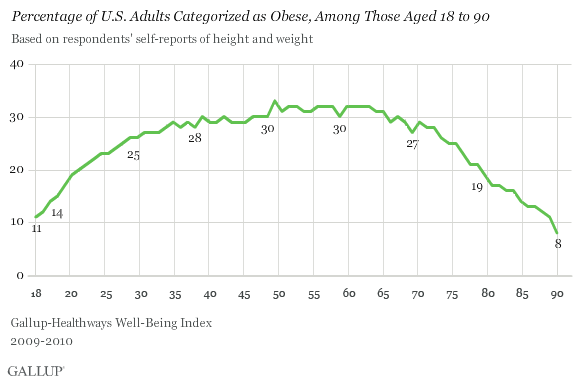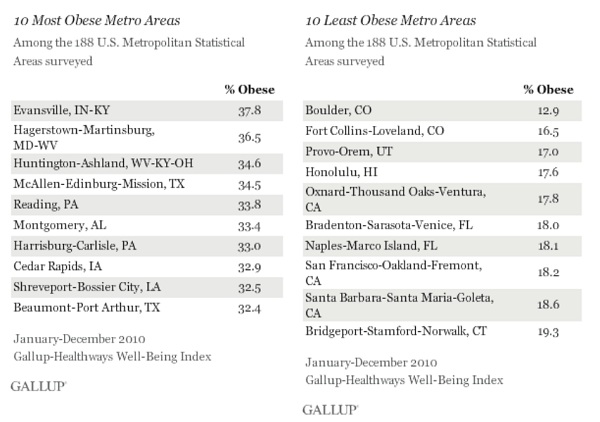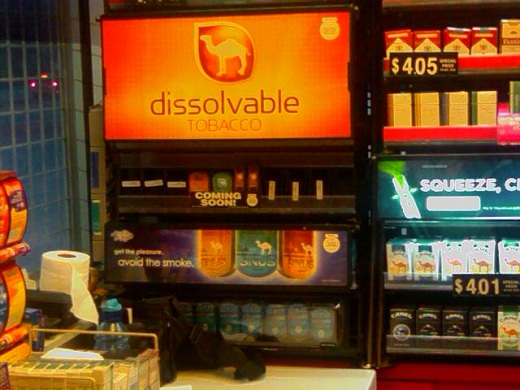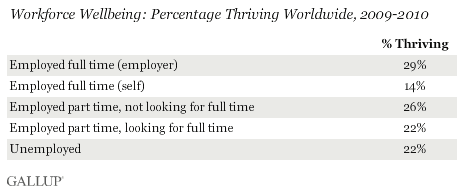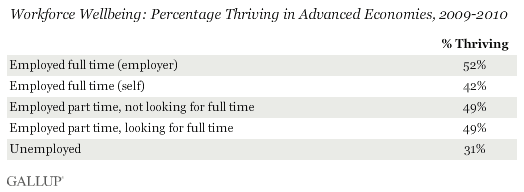A new study has suggested that the new genre of ‘dissolvable tobacco’ products – pop-into-the-mouth replacements for cigarettes – has the potential to cause mouth diseases as well as other problems.
John V. Goodpaster of the Indiana University Purdue University Indianapolis and colleagues analysed the complex ingredients in the products and found that it contained mainly nicotine, along with finely-ground tobacco and a variety of flavouring ingredients, sweeteners and binders.
According to them, the first dissolvable tobacco products in pellet, stick and strip forms went on sale in 2009 in test markets in Indianapolis, Ind., Columbus, Ohio, and Portland, Ore.
These products are advertised as smoke and spit-free, but nicotine is a toxic substance linked to the development of oral cancers and gum disease, said Goodpaster.
Health officials are concerned about whether the products, which dissolve inside the mouth near the lips and gums, are in fact a safer alternative to cigarette smoking.
The researchers, however, said there are possibilities that the nicotine in these products may accidentally poison children.
“The packaging and design of the dissolvables may also appeal to children, and some dissolvables, such as Orbs, may be mistaken for candy,” said Goodpaster.
Other ingredients in dissolvables have the potential to increase the risk of tooth decay and one, coumarin, has been banned as a flavouring agent in food because of its link to a risk of liver damage.
“The results presented here are the first to reveal the complexity of dissolvable tobacco products and may be used to assess potential health effects,” said Goodpaster.
The findings are published in ACS’s Journal of Agricultural and Food Chemistry.
The Camel Orbs contain finely grained tobacco mixed with “additives such as water, flavorants, binders, colorants, pH adjusters, buffering agents, fillers, disintegration aids, humectants, antioxidants, oral care ingredients, preservatives, additives derived from herbal or botanical sources, and mixtures thereof.”[5] The Camel Orbs come in two styles, Mellow and Fresh. Each pellet contains 1 milligram of nicotine, dissolving in the mouth in 10–15 minutes.[3] The Camel Sticks product is a twisted stick the size of a toothpick
that lasts in the mouth about 20–30 minutes, and contains 3.1 milligrams of nicotine. The Camel Sticks are for insertion between the upper lip and gum, and come in one style, Mellow. The Camel Strips contain 0.6 milligrams of nicotine per strip and come in one style, Fresh.[3] The Camel Strips last 2–3 minutes on the tongue, administering nicotine through thin film drug delivery technology as used in Listerine PocketPacks breath freshening strips. A specific ingredient list naming all additives has not been made public
for any of the Camel Dissolvables brands.
Isn’t it obvious that the tobacco companies who for decades pushed their highly addictive nicotine delivery products (cigarettes, cigars and chewable tobacco) are looking for another delivery method since smoking is difficult with second hand smoke laws and spittng is difficult most of the time?
Please folks – just say no to these products – for your health’s sake.
